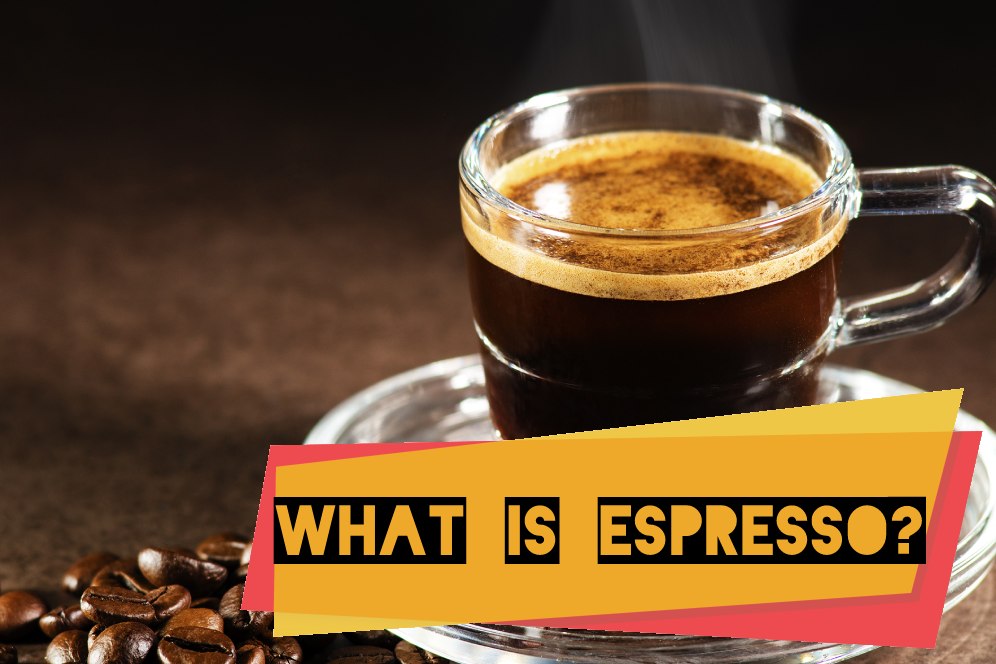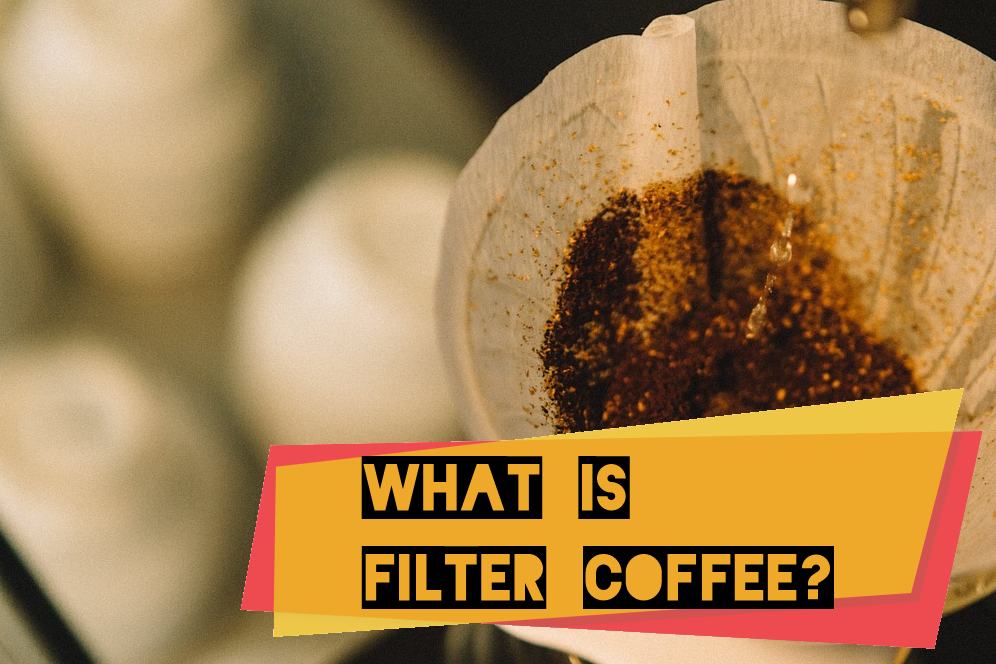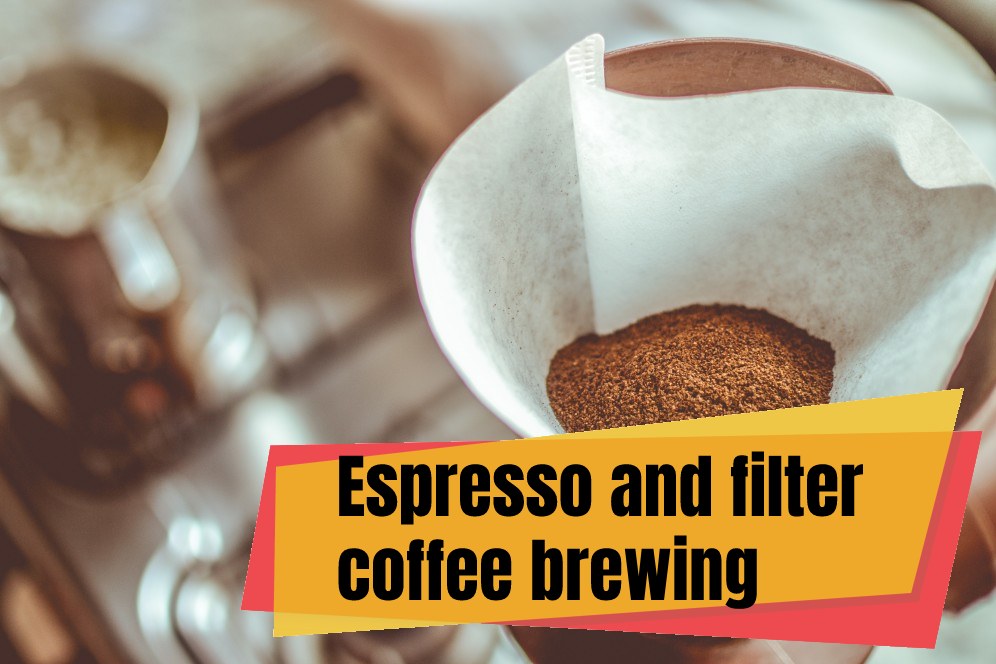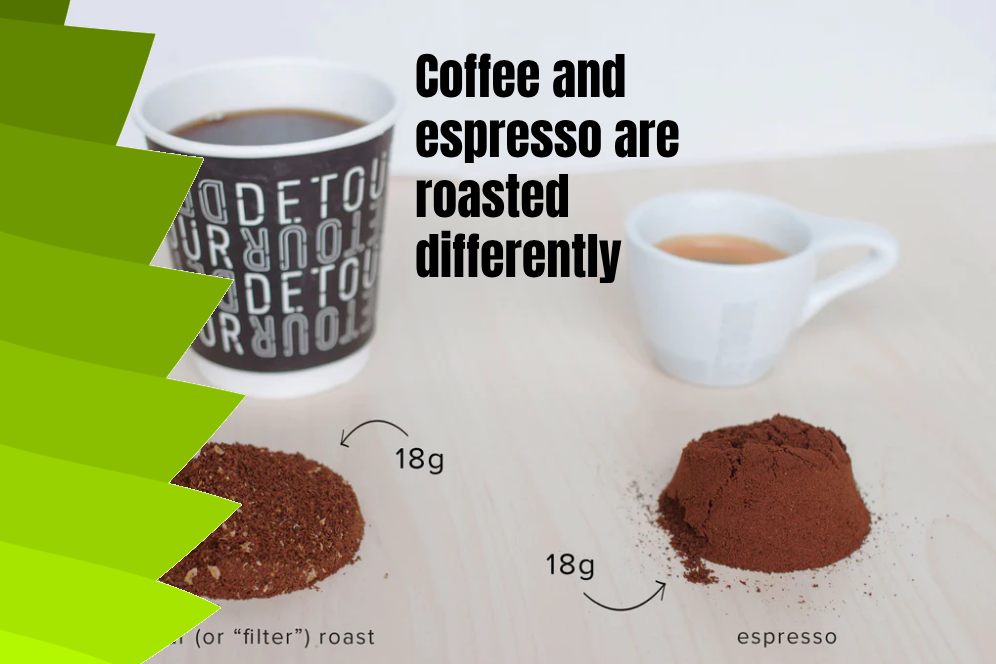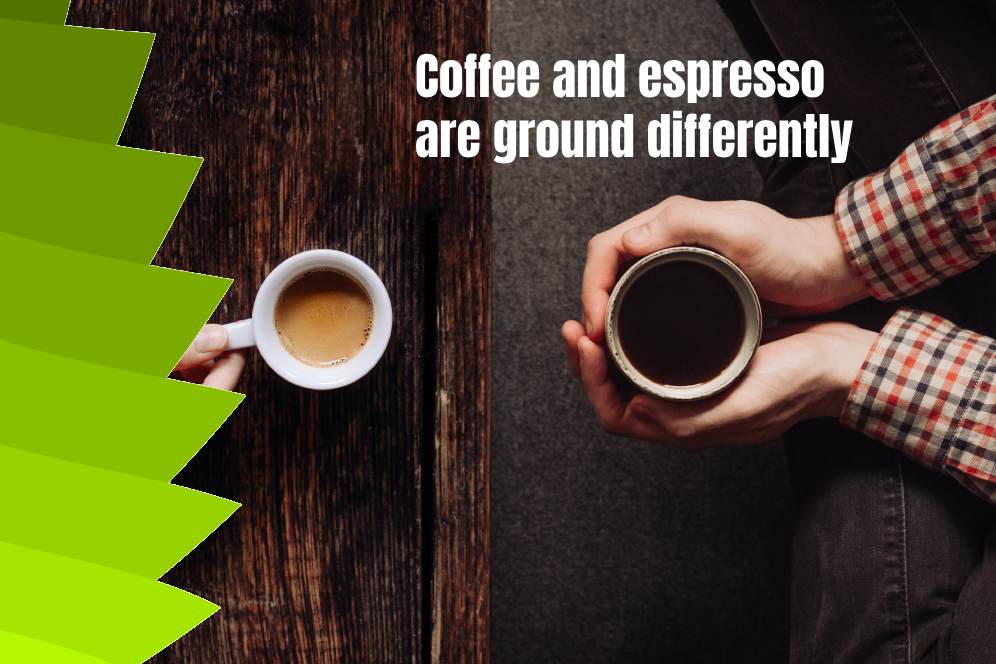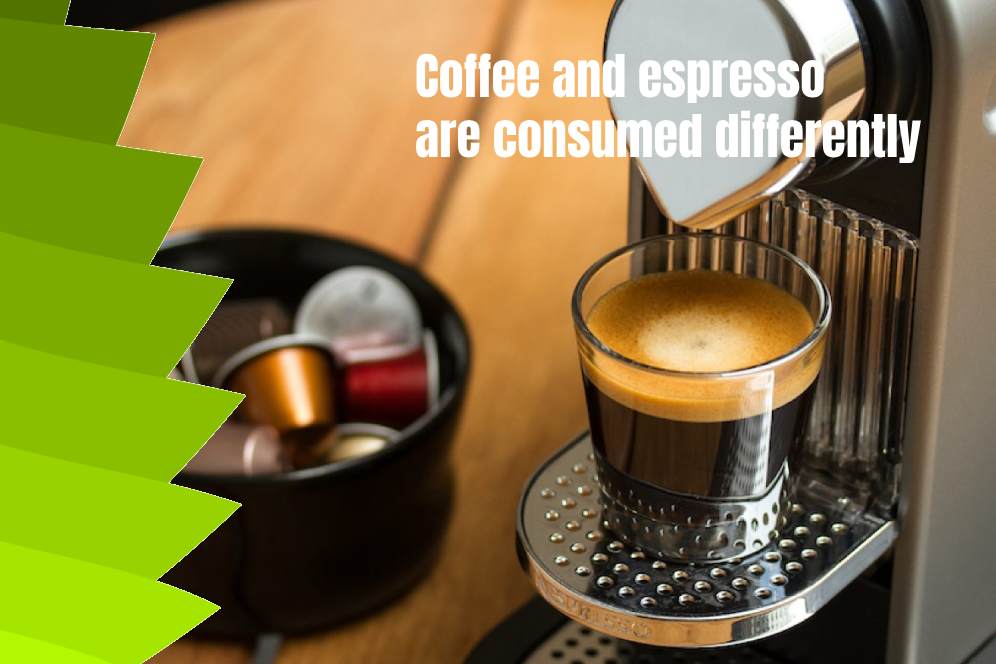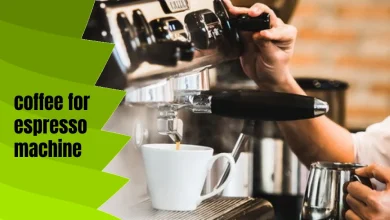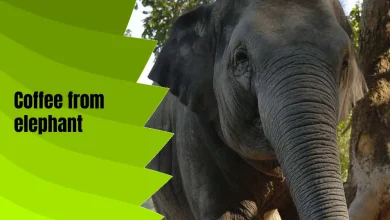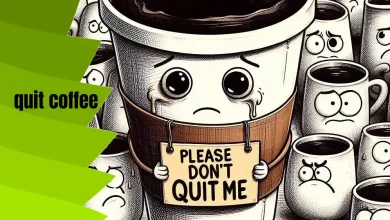Which Is Better Espresso Or Filter Coffee? [Cultivation, Taste And Method Of Brewing]

Since ancient times, the importance of coffee has changed significantly. In particular, third-generation coffee makers added new flavors to coffee and changed people’s view of coffee. Due to the fact that specialty coffee sellers use new methods to brew coffee and new brewing methods are created every day, in this note we are trying to examine two brewing methods, one is espresso and the other is filtered.
There are many differences between espresso coffee and filter coffee (the two most consumed types of coffee in the world).
With the third generation, coffee has influenced the world, coffee has acquired a completely different meaning.
With the influence of the third generation, coffee consumers became more conscious and started looking for high-quality coffee taste.
Contents
- 1 What is the difference between ground coffee and filter coffee?
- 2 What is espresso?
- 3 What is filter coffee?
- 4 The time required to brew espresso and filtered coffee
- 5 Espresso and filter coffee brewing equipment
- 6 Coffee and espresso are roasted differently
- 7 Coffee and espresso are ground differently
- 8 Filter coffee and espresso are prepared differently:
- 9 Coffee and espresso are consumed differently:
- 10 Filter coffee and espresso: which one has more caffeine?
- 11 In summary: the difference between filter coffee and espresso
- 12 Is filter coffee better or espresso?
What is the difference between ground coffee and filter coffee?
Can you immediately respond to what the differences are between coffee and espresso? No? You’re not alone in this. Both come from a coffee plant and are related, but they are ultimately very different. If you want to know precisely, you must continue reading.
Before we get into the differences between filter coffee and espresso coffee, it helps us understand better the differences between the two coffees to tell exactly what is filter coffee.
Let’s check the espresso:
What is espresso?
Espresso is an Italian coffee known as a caffeine bomb. Espresso is prepared quickly and consumed quickly.
Espresso is brewed from the almost scorching heat, and under pressure water is added to the finely ground coffee in a moment. The main point is that espresso is stronger and more concentrated than filter coffee.
Another difference is that espresso is the constructive element of many other coffees. Most types of coffee, such as Americano, Cappuccino, and Latte, have an espresso base.
This makes espresso more than just coffee. The difference between all these types is the amount of milk or water added to the coffee.
read more: Coffee Vs Americano
The benefits of espresso
Espresso has less acid content and is thus more digestible, making it a better choice for individuals with sensitive stomachs. This is due to the espresso’s brewing process, as espresso beans are roasted significantly longer, resulting in lower acidity. This is important for the flavor, which is more intense in espresso compared to filtered coffee, giving it a stronger perceived acidity. Another benefit is that it contains more cafestol and kahweol, both of which have health properties.
The good news is that coffee has many health benefits. Studies show that it can be beneficial for liver health and reduce the risk of cancer, obesity, and cirrhosis. A study published in October 2020 also indicated that coffee consumption might protect individuals with a genetic predisposition to Parkinson’s disease against the onset of neurologically related motor disorders. It has been suggested that the darker the roast, the better.
However, if you have high cholesterol levels, you should consider switching to filtered coffee because it contains less cafestol and kahweol. According to observational studies, filtered coffee also appears to be associated with a reduced risk of death overall. Nevertheless, cafestol and kahweol are also considered positive for the liver, with anti-cancer and anti-inflammatory properties. They are found relatively more in espresso, which is easier on the stomach due to lower acidity.
Current research suggests that filtered coffee might be slightly healthier than espresso.
What is filter coffee?
Basically, the concept of espresso and filter coffee is the same. Since hot water is added to the basic structure of ground coffee, the coffee is filtered and the liquid inside is transferred to the cup. However, there is a fundamental difference between espresso and filter coffee.
While espresso is brewed under high pressure, in filter coffee, the water is slowly brewed into the ground coffee. After some time, it sinks due to gravity. For this reason, filter coffee takes longer to brew than espresso.
Filter coffee requires more coffee residues and water to brew. Filter coffee, also known as drip, has less acidity. Therefore, it gives a more complex taste to the coffee. Coffee drinkers can easily experience different flavors and aromas in the same filter coffee.
Compared to espresso, filter coffee is cleaner, more transparent and adaptive due to its density and layers.
The biggest reason for this is that the water absorbs the coffee beans, oils, and odors over a period of time without being under too much pressure.
- Characteristics of filter coffee: It varies according to the climate, soil structure, altitude from sea level and the vegetation of the area where the coffee beans are cultivated. Coffee beans obtain their aroma and flavor according to the characteristics of the region where they cultivate.
We use many methods to brew filter coffee. Each method has its own process.
These methods make brewing filter coffee a ceremony. In addition, it gives us a special pleasure.
The benefits of filtered coffee:
- In recent years, filtered coffee has made a bit of a comeback, with baristas now offering various types of filtered coffee in many cafes. The key components, such as cafestol and kahweol, are trapped by the fine mesh of the paper filter. Their goal is to reduce LDL cholesterol in the blood, which is considered harmful. However, with espresso, these components pass through a relatively coarse sieve and end up in the beverage. Therefore, filtered coffee can be a better choice, especially for individuals with high levels of bad cholesterol.
- A study published in April 2020 in the European Journal of Cardiology examined the relationship between different coffee preparation methods and the rates of mortality and the risk of heart attacks. Among the individuals tested, consumers of filtered coffee had a 15% reduced risk of mortality. The risk of death due to cardiovascular diseases decreased by 12% for men and 20% for women when they consumed filtered coffee. The lowest mortality rates were observed among individuals who reported drinking one to four cups of filtered coffee daily.
The time required to brew espresso and filtered coffee
The brewing time of filter coffee is much longer than that of espresso. The brewing process begins with drenching the surface of the coffee.
This process takes an average of 30 seconds, but the true aroma of the coffee emerges at this stage.
After this stage, as carbon dioxide is released, the water flows more easily.
In espresso, the situation is different. Italians are quite adamant that making an espresso should take about 25 to 30 seconds. Even if you want to drink your coffee with milk, it takes a few seconds for the milk to heat and be added to the coffee. Preparation time, including the grinding process, takes an average of 60 seconds. In short, espresso brewing time is much less than filter coffee.
Espresso and filter coffee brewing equipment
Brewing equipment and filter paper are required for filter coffee. Although scales and thermometers are not required, but it is recommended to use them for more accurate results.
You can prepare filter coffee in different brewing equipment such as a French press, Chemex, and V60.
However, the price of espresso machines can vary significantly depending on their features.
Espresso machines designed for home use are less expensive than professional machines, but may not have the same taste and quality because they do not provide the necessary pressure to make espresso.
Of course, we should consider the fact that espresso machines take up more space and consume electricity.
It is possible to make espresso without buying an espresso machine. For this purpose, the Italians invented the Moka pot at the beginning of the 20th century. The Moka pot stove brewing equipment allows you to prepare excellent espressos with the 1.5 pressure it produces. Its price is also cheaper than espresso machines.
Coffee and espresso are roasted differently
Only after roasting the raw green beans can we talk about coffee beans” versus “espresso beans” because the roasting time ensures the most distinction. But first, let’s talk about the similarities: generally, roasting coffee is a complex craft and has a significant impact on the internal performance of the beans. The journey in the drum roaster should always be gentle and slow, whether it’s for coffee or espresso. This way, the best aroma is created.
Now, let’s focus on the differences: coffee beans are roasted for much less time (about 10 to 15 minutes) compared to espresso beans (about 15 to 18 minutes). This is why coffee beans appear to be of medium roast, whereas espresso beans are dark roast. Of course, this also affects the flavor development: the longer the roasting time, the more acid is decomposed in the beans. Meanwhile, beans roasted more intensively will appear. Therefore, the taste of espresso is strong but more gentle on the stomach.
Since espresso is roasted more intensely or for a longer duration, it loses more water, causing the beans to weigh less. Additionally, it requires more energy to produce. This is why espresso is usually slightly more expensive than regular coffee, as water loss leads to reduced costs and profit margins for producers.
Coffee and espresso are ground differently
When both filter coffee and espresso are ready for brewing, the differences in preparation emerge. It all begins with grinding the beans, ideally slightly before brewing. The grind size should be such that the hot water passes through the ground material for the right brewing time to release an appropriate amount of acids and aromas. Since the preparation in a filter coffee machine is entirely different from an espresso machine, the grind level should consider these differences.
In other words, while filter coffee typically requires a medium grind, espresso needs a fine grind. Otherwise, problems may arise during aroma extraction when brewing. If filter coffee is ground too fine, over-extraction can occur as the water tends to linger in the filter due to high resistance. The result is very strong or bitter coffee.
On the other hand, for instance, in the case of espresso, if it’s ground too coarse, under-extraction may happen because the hot water flows quickly through the coarsely ground material due to high pressure. An espresso like this has a relatively mild, thin, or sour taste.
Filter coffee and espresso are prepared differently:
- Filter Coffee: The classic method involves placing ground coffee in a filter that’s covered with a paper filter, pouring hot water over it, and then slowly letting it drip from inside the filter. The brewing time is approximately 3 to 5 minutes, depending on the method used. Whether you choose a manual coffee maker like Chemex or an automatic drip coffee maker, it’s mostly a matter of preference.
- Espresso: After all the preparation steps and precise settings in the complicated portafilter machine are completed, espresso preparation is a very rapid process with high pressure and steam. The contact between hot water and the ground coffee in the portafilter is relatively short, and the brewing time is around 30 seconds before the espresso flows into the cup. If you achieve a fine, velvety layer of crema on top, everything is going excellently. Besides fine grinding, tamping is also very important for proper compression of the coffee grounds before brewing.
Coffee and espresso are consumed differently:
When coffee and espresso are on the table, everyone can immediately tell which beverage is which. It all starts with the cup: a regular coffee cup holds about 200 milliliters, while even large coffee mugs have significantly more capacity. In comparison, an espresso cup, whether single (25-30 milliliters) or double (50-60 milliliters), appears much smaller. As for the materials, the rule for both types of cups is that they shouldn’t be too thin to retain enough heat.
However, espresso has a much stronger taste than coffee because it contains less water. Baristas talk about the so-called brewing ratio: while the coffee-to-water ratio for espresso is between 1:2 and 1:3, for filter coffee, it’s between 1:15 and 1:17. As a result, espresso is extracted more intensely, making its taste stronger and more bitter, while filter coffee is perceived as more aromatic and milder.
Filter coffee and espresso: which one has more caffeine?
Coffee and espresso not only have different tastes but also produce different effects. A cup of espresso has a stronger taste than coffee, but it contains less acid that can upset sensitive stomachs. This isn’t only because of the longer brewing time but also due to the shorter brewing period.
However, it’s a misconception that people with sensitive stomachs can only drink espresso now. If you value coffee primarily for its “waking effect,” you can absorb more caffeine from a cup of filter coffee compared to a small espresso. Odd but true! Espresso has a stronger taste compared to filter coffee and relatively contains more caffeine, but when it comes to the very small amount of the drink, it still has less caffeine. 100 milliliters of espresso have 20 to 30 percent more caffeine than the same amount of coffee. However, we usually drink much less of it. A cup of coffee can wake you up more than an espresso!
In summary: the difference between filter coffee and espresso
- Espresso beans are often a blend, while coffee beans likely have a single origin.
- When it comes to roasting, coffee and espresso differ during the roasting process.
- Espresso is finely ground, while coffee should be medium ground.
- With filter coffee, the extraction process is slower, while in espresso, it’s much faster due to the high pressure.
- Coffee and espresso also differ due to the different machines used in their preparation.
- The brewing ratio of espresso is considerably stronger than filter coffee, resulting in a stronger taste.
- Espresso is typically consumed black, while many people enjoy milk in their filter coffee.
- A cup of espresso has less caffeine compared to a cup of filter coffee, mainly because of the smaller serving size.
- Espresso contains fewer acids than filter coffee, which can affect the stomach.
Is filter coffee better or espresso?
- Filter coffee is a better choice for different types of coffee.
- If you want to drink coffee in a short amount of time, no coffee can compete with espresso. Espresso is a type of coffee that instantly satisfies the need for caffeine.
- Espresso, which has a syrupy structure, becomes soft and sticky when mixed with milk.
- Filter coffee, on the other hand, it has a smoother, cleaner taste, and is less acidic than espresso.
- When asked whether filter coffee or espresso is better, the answer will determine what flavor you want at the end of the day. But don’t forget that any type of brewing, depending on the origin of the coffee bean, how it is roasted and its type, will cause you can obtain coffee with different flavors.
Eventually
Today, coffee, which is the partner of many of our memories from friendly conversations to loneliness, has found an important place in our culture and social life. Espresso coffee and filter coffee are the most consumed coffees in our daily life.
